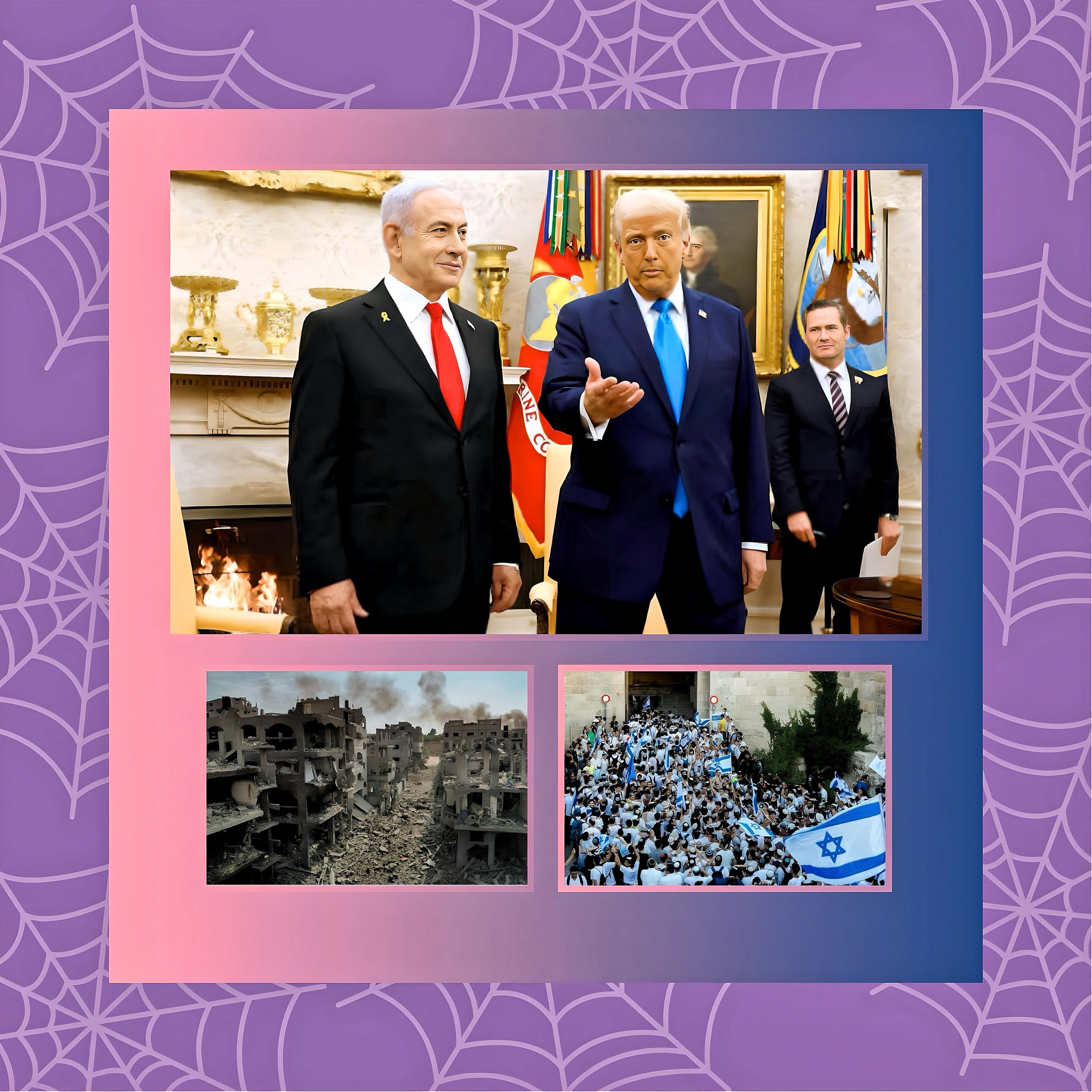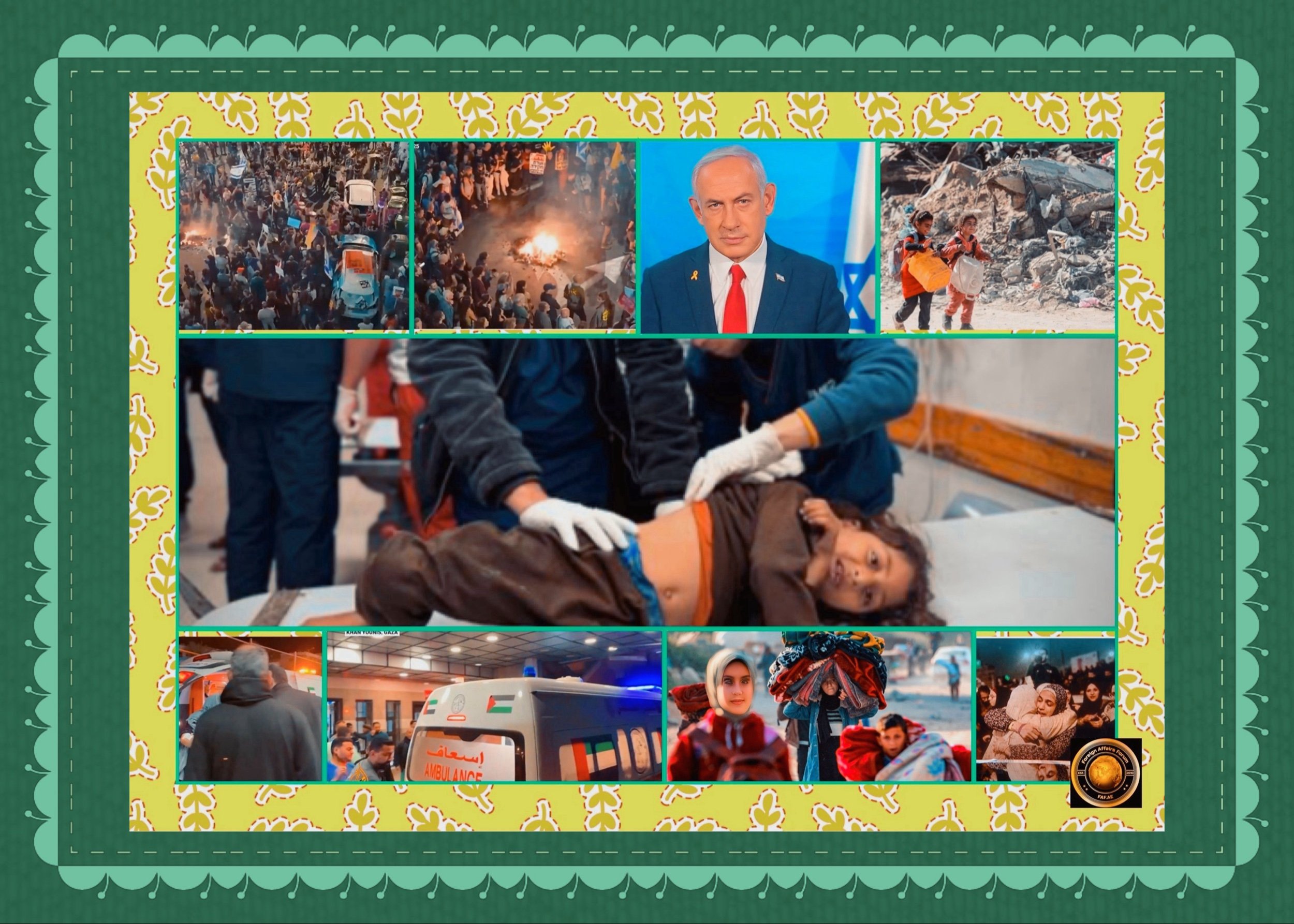Analysis of the Tel Aviv Blast and Ceasefire Negotiations: Examining Claims of Israeli Conspiracy
Introduction
In the complex landscape of the Israel-Hamas conflict, the recent explosions targeting buses in Tel Aviv on February 20, 2025, have reignited debates about the motivations behind violence and the viability of ongoing ceasefire negotiations.
Israeli authorities reported that five identical explosive devices with timers were planted on buses in Bat Yam, a coastal city south of Tel Aviv, marking a significant escalation in tactics.
While no casualties occurred due to the buses being empty at the time, Tel Aviv District Police Chief Haim Sargarof suggested the attack likely originated from the West Bank, citing the makeshift nature of the bombs and the operational patterns of Palestinian militant groups.
Concurrently, Israel and Hamas are preparing to negotiate the second phase of a ceasefire agreement, with Israeli Prime Minister Benjamin Netanyahu conditioning further progress on Hamas’s disarmament and exclusion of the Palestinian Authority from post-war governance in Gaza.
Amid these developments, conspiracy theories alleging Israeli orchestration of the Tel Aviv blast to justify resuming full-scale warfare have circulated online.
This article examines the evidence surrounding the attack, contextualizes it within ceasefire dynamics, and critically evaluates the historical and socio-political roots of such conspiracy narratives.
The Tel Aviv Bus Bombings: Tactics, Attribution, and Immediate Aftermath
Operational Characteristics of the Attack
The February 20 bombings involved five explosive devices planted on buses in Bat Yam, a suburb of Tel Aviv.
The devices were equipped with timers set to detonate during operational hours, but their discovery in empty buses during overnight parking limited casualties.
Israeli bomb disposal units identified the explosives as improvised, bearing similarities to devices previously linked to West Bank-based cells.
This aligns with historical patterns of low-tech attacks by Palestinian factions, such as the August 2024 Lehi Street bombing, where Hamas claimed responsibility for a suicide attack that killed the perpetrator and injured a bystander.
The Tel Aviv police emphasized the challenge of intercepting such plots, noting the difficulty of monitoring all public transportation nodes.
Hamas and Palestinian Militant Groups’ Strategic Posturing
Hamas’s military wing has repeatedly asserted its intent to resume suicide bombings in Israeli cities if ceasefire negotiations falter.
In August 2024, following the Lehi Street attack, Hamas warned that “martyrdom operations” would resurge unless Israel halted military operations in Gaza.
This rhetoric underscores a strategic shift: after relying primarily on rockets and hostage-taking since the 2014 conflict, Hamas appears to be reviving tactics from the Second Intifada era (2000–2005), when suicide bombings killed hundreds of Israelis.
The group’s willingness to claim responsibility for attacks—even failed ones—serves dual purposes: bolstering domestic legitimacy and applying pressure during diplomatic talks.
Israeli Security Responses and Intelligence Challenges
The Israeli Defense Forces (IDF) and Shin Bet security agency have intensified surveillance in the West Bank, where Hamas and Palestinian Islamic Jihad maintain clandestine networks.
However, the decentralized nature of these cells complicates preemptive strikes. For instance, the August 2024 Lehi Street bomber, identified as Jafar Muna from Nablus, had no prior criminal record, illustrating the difficulty of tracking lone attacker.
Meanwhile, Israel’s reliance on drone strikes and targeted assassinations—such as the July 2024 killing of Hamas political leader Ismail Haniyeh in Iran—has drawn criticism for exacerbating regional tensions.
Ceasefire Negotiations: Stalled Progress and Divergent Red Lines
Israel’s Conditions for Phase Two of the Ceasefire
Prime Minister Netanyahu has outlined non-negotiable demands for advancing to the second phase of the ceasefire agreement: the complete disarmament of Hamas, its exclusion from Gaza’s governance, and a ban on Palestinian Authority (PA) administration in the enclave.
These conditions reflect Israel’s long-standing objective to dismantle Hamas’s military and political infrastructure, a goal reiterated by Foreign Minister Gideon Sa’ar, who warned that Israel “will not accept the continued presence of Hamas or any terrorist organization in Gaza”.
However, Hamas has rejected these terms, insisting that any permanent ceasefire requires full Israeli withdrawal from Gaza and an end to the blockade.
Humanitarian and Hostage Release Dynamics
The first phase of the ceasefire, initiated in late 2024, facilitated the release of 105 hostages held by Hamas in exchange for Palestinian prisoners.
As of February 2025, approximately 136 hostages remain in Gaza, including IDF soldiers, complicating negotiations. Hamas has conditioned their release on Israel ending the war entirely, while Israel insists on maintaining security control until Hamas is neutralized.
The recent return of four hostages’ bodies—reportedly killed during IDF operations—highlighted the fragility of these talks. Mediators, including the United States and Qatar, face mounting pressure to bridge these irreconcilable positions.
Military Preparations for Conflict Resumption
Despite engaging in negotiations, Israel has amassed troops and equipment along the Gaza border, signaling readiness to resume hostilities if talks collapse.
The IDF has also conducted limited operations in Gaza during the ceasefire, targeting individuals accused of violating truce terms.
Such measures underscore Netanyahu’s dual-track approach: pursuing diplomacy while maintaining military leverage.
Critics argue this strategy risks perpetuating cyclical violence, as Hamas interprets troop buildups as evidence of Israeli bad faith.
Conspiracy Theories and Misinformation: Patterns and Historical Precedents
The “False Flag” Narrative in the Tel Aviv Bombings
Conspiracy theories alleging Israeli complicity in the Tel Aviv attacks draw from a well-established playbook of disinformation.
Following the February 20 incident, social media accounts speculated that Israel planted the bombs to sabotage ceasefire talks and justify a broader war.
These claims echo earlier falsehoods, such as the denial of Hamas’s October 7, 2023, massacre, which conspiracy theorists falsely attributed to the IDF.
Such narratives often rely on selective evidence, such as the absence of casualties in the Bat Yam bombings, to insinuate staged events.
Historical Roots of Antisemitic Conspiracy Theories
The portrayal of Jews or Israelis as orchestrators of their own victimization has deep historical roots.
During World War II, Nazis propagated the Dolchstoßlegende (“stab-in-the-back myth”), blaming Jewish communities for Germany’s defeat.
Similarly, 9/11 conspiracy theories falsely alleged that 4,000 Jews avoided the World Trade Center after receiving advance warnings from Israel.
These tropes resurface during crises, exploiting societal anxieties to scapegoat Jewish populations.
In the context of the Gaza war, allegations of “false flags” serve to erase Palestinian agency and reframe Israeli defensive actions as aggression.
Mechanisms of Disinformation Spread
Misinformation thrives in environments of asymmetrical warfare and geopolitical complexity.
The Lehi Street bombing, for instance, spawned conflicting narratives: while Israeli authorities attributed it to Hamas, conspiracy theorists falsely claimed the bomber was an Israeli agent.
Such claims gain traction through algorithmic amplification on platforms like TikTok and X (formerly Twitter), where anti-Israel content often outperforms factual reporting.
A 2024 CyberWell study identified 135 antisemitic posts denying the October 7 attacks, collectively garnering 15 million views.
These campaigns not only distort public perception but also incite real-world violence, as seen in attacks on Jewish institutions worldwide.
Psychological and Political Functions of Conspiracy Beliefs
Cognitive Dissonance and Scapegoating
Conspiracy theories often arise to resolve cognitive dissonance—for instance, reconciling Hamas’s designation as a terrorist organization with its role as a governing authority in Gaza.
By attributing attacks to Israel, adherents absolve Palestinian groups of responsibility, preserving ideological coherence.
This mirrors Holocaust denial, where the sheer scale of Nazi atrocities prompts some to reject factual accounts entirely.
Delegitimization of Israeli Sovereignty
Accusations of Israeli false flags align with broader efforts to delegitimize Israel’s right to self-defense.
Claims that Israel “staged” the October 7 attacks to justify invading Gaza—despite overwhelming evidence of Hamas’s culpability—aim to reframe the conflict as a Zionist plot rather than a response to terrorism.
This narrative is weaponized in international forums, where Israel faces disproportionate condemnation compared to other states.
Impact on Diplomatic Efforts
Conspiracy theories erode trust in mediation processes.
For example, false allegations that the U.S. orchestrated the October 7 attacks to advance Israeli interests undermine Washington’s credibility as a ceasefire broker.
Similarly, baseless claims about IDF-perpetrated massacres during the Gaza war complicate humanitarian coordination, as aid groups face pressure to endorse politicized narratives.
Conclusion: Navigating Truth in a Polarized Conflict
The Tel Aviv bus bombings and stalled ceasefire negotiations exemplify the interplay between violence, diplomacy, and disinformation in the Israel-Hamas conflict.
While conspiracy theories alleging Israeli false flags lack evidentiary support, their persistence underscores the challenges of combating misinformation in asymmetrical warfare.
For mediators, prioritizing transparent investigations and amplifying credible sources—such as the IDF’s drone footage or third-party forensic analyses—could mitigate distrust
Ultimately, sustainable peace requires addressing core grievances: Hamas’s refusal to recognize Israel, Israel’s blockade of Gaza, and the humanitarian crisis exacerbating radicalization.
Until these issues are resolved, cycles of violence and conspiracy-mongering will persist, perpetuating suffering on both sides.
FAF additional outlook
The remains of Kfir and Ariel Bibas have been positively identified; however, the third body sent by Hamas does not belong to their mother, Shiri.
The incidents surrounding the bomb blast and the issue of the remains are likely to be utilized by Israel as grounds to construct a case for further actions, which may be viewed as genocidal in nature. It is evident that the remains being offered belong to an identified individual, but there is no confirmation that they are of a mother. Bus bombings reminds me of Putin and Moscow when he blew up three buildings and became the face of Russia by coming on media putting blame on Chechnya rebels stating we will take them to toilets in September of 1999.
Furthermore, I would like to inquire about the list of Palestinian casualties that remains unaddressed by Israel. What accounts for this lack of discussion?
In light of recent developments, Israeli Prime Minister Benjamin Netanyahu has issued directives for the escalation of military operations in the occupied West Bank, following the explosion of three parked buses in Bat Yam, near Tel Aviv, which fortunately resulted in no casualties. According to reports from Israeli media, Prime Minister Netanyahu has presented new demands during negotiations with Hamas regarding the second phase of the Gaza ceasefire.
The Health Ministry of Gaza has reported a devastating total of 48,319 Palestinian fatalities as a result of Israel's military actions in Gaza, with an additional 111,749 individuals sustaining injuries. The Government Media Office has revised its death toll to a minimum of 61,709 individuals, indicating that thousands of Palestinians who are currently unaccounted for beneath the rubble are presumed deceased.
In accordance with the context of these events, at least 1,139 individuals lost their lives in Israel as a result of the Hamas-led attacks that occurred on October 7, 2023. Furthermore, it is reported that over 200 individuals were taken captive during these assaults.






